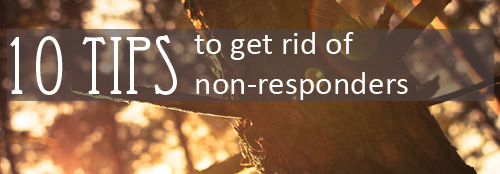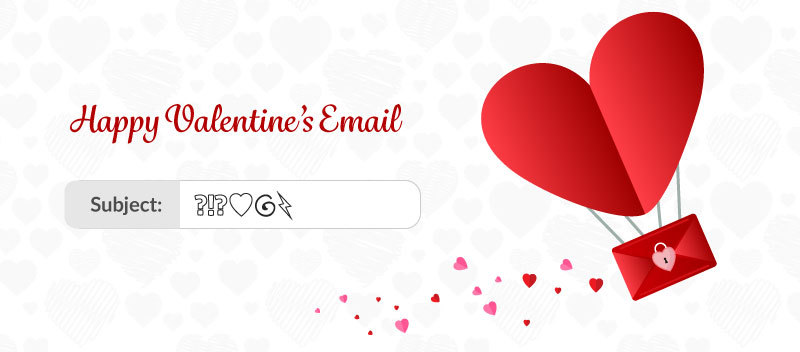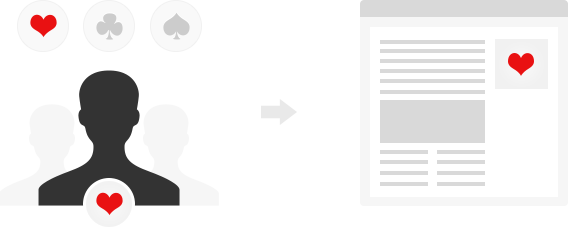10 tips to get rid of non-responders in your database
by Walter van der Scheer , Joost Horstman
In the past, companies have been collecting as many email addresses as possible. Quantity mattered over quality. With inboxes cluttering and sender reputation mattering more and more, the time has come to target your message to only the right people.
Why waste efforts on sending mailings to recipients who will not respond anyway and as result will only distance themselves more from your brand? By applying the following 10 tips you will increase response rates and ultimately find the dead wood in your database.
It may sound paradoxical to increase results by targeting fewer people, but don't be afraid; you're likely to be surprised by the results.

It's like trimming a tree to make it blossom and about being careful not to cut the live branches. But don't take deleting subscribers from your lists too lightly. The last thing we want is to cut away flowers. The question is: what is the difference between live and dead wood? The answer is that we can't know this, until we've tried to re-activate the non-engaged subscribers. Mike Gracia from Thinkable Digital adds: "Before you consider deleting a subscriber from your list, make sure that you did everything to get a sign of life. At this stage, any feedback is good feedback".
What can you do to re-activate the non-engaged subscribers?
Stimulate opens
1: Display a different subject line and preheader
Reward the inactive subscriber for opening the email by changing the subject line and preheader based on profile inactivity.
Learn how to display different content based on historical results .
2: Use a relevant from address
Deciding to open an email has to do with trust, recognition and engagement. Does your current from-address add value to this?
In order to stimulate open rates, B2B companies with account managers could consider using the email address and name of the account manager as the from address and sender name.
Also, you could use different addresses per target group. Prospects and customers for example, or engaged recipients and the non-engaged ones or even male and female recipients (how stereotypical...). The only way to find out what works best for your brand is to test with several addresses and target groups.
Learn how to display a different from address per subscriber
Stimulate clicks
3: Display rich content
On the web you can use forms, surveys, video players and other rich content. Most mail clients, however, still have difficulties displaying rich content. In fact, an email client might simply block your mail because it includes iframes, scripts or forms.
There is a way to use rich content by using different content for the mail version and the web version. The mail version could contain a still with a link to a video page, but the web version could contain an embedded video player. By offering different content in the web version and the mail version, you generate more clicks.
Learn how to display a different mail version and web version
4: Don't oversell
Many marketers broadcast the same offer to all subscribers, even to the ones who have recently bought the same product offered in the newsletter. This can cause buyer's remorse, the sense of regret after a purchase. As a marketer, you don't want to bring this feeling over your customers, do you?
To avoid this you can display different content to active customers, like a cross-or-upsell offer, or general brand content instead of sales offers.
If a recipient has opened, but refrained from clicking to your site, chances are likely that your content seems interesting at first, but it lacks the necessity to take action.
You can stimulate clicks by:
5: Displaying only brief content
Show read more links instead of full articles.
6: Using stronger calls to action and offering extra incentives
For example: 'We've missed you {$firstname}. Shop with us in the next 48 hours and receive 15% off everything.
7: Asking to share preferences
Make sure you can adjust the content accordingly to someone's interests. For example: 'Are we sending you the right content? Let us know what interests you, so we can be as relevant as possible.'
Avoid bounces
Still, the fact that your mail gets delivered and in some cases opened, is not so bad at all. You could also suffer from inactive recipients, who don't open nor click and have no further signs of profile activity. If not already, the email address is likely to become invalid in the near future.
Subscriber inactivity is the biggest liability to decrease in both results and sender reputation . Also, an inactive subscriber is more likely to bounce.
If a recipient has not updated his details for a certain period of time, chances are that the recipient eventually will unsubscribe or not respond any more. Reasons for this could be the fact that the content is not relevant (anymore) or the email address simply does not exist anymore.
8: Update profile
Of course your mailings feature a form for to update their details, but often this link is tucked away neatly in the footer of the mail.
A good approach would be to display a big button to update your profile ('for a chance to win...') for only the recipients who have not updated or checked their personal details in the past 6 months. Make sure to test the various campaign elements. William Gets from Brainstorm Advertising remarks: "When using a button, make sure that it stands out. The most important tactic is to make sure that the button colour is significantly different to the rest of the colour theme (without clashing!). Research has shown that this is what actually makes the difference".
You can change the content for this group using a condition on emailing results .
9: Follow up on bounces
When you don't activate a sleeping profile on time, the worst thing will happen; you will lose an opt-in from your database due to a bounce.
After a bounce, and only if you have other contact details, you could consider sending the 'bouncer' a post card or text message, informing him about the fact that the subscriber is missing out on valuable information. Make sure to include a personal link to an update form.
10: Change frequency
If none of the above work out initially, perhaps it is not relevant to stay in touch on a weekly or monthly basis. Considering it is still a permission based contact, you could keep in touch, but only less frequently, once every 6 months for instance. On our forum we explain you how to send newsletters less frequently to inactive subscribers.
Another approach before changing frequency would be to simply ask the subscriber what he would like to do. Mike Gracia adds: "At the final stage, when all other tactics have failed, send a selection of profiles you're considering deleting a very personalised email, that asks them if there's something you could do better for them. It sounds odd, but it shows you care about what experience they have with your company and can make them feel warmer to your brand."
And then finally, you have found the non-engaged subscribers, the dead wood. What do you think? Would it be best to take the pro-active approach and unsubscribe these subscribers from your lists?
Good luck with applying these tips. Feel free to share your experiences with these tactics in the comments.





